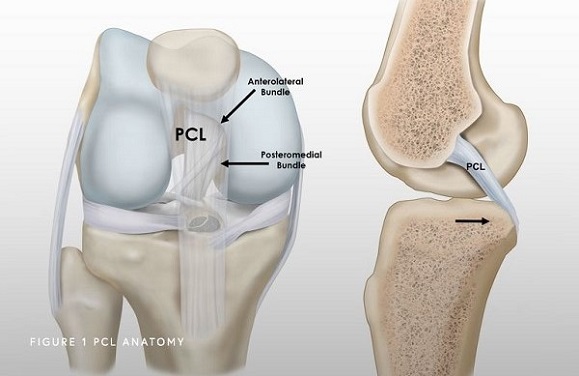Mohammad H. Ebrahimzadeh, MD1; Omid Shahpari, MD Research performed at Orthopedic Research Center-Ghaem Hospital, Mashhad, Iran
Abstract
Background: Regarding this, the present study aimed to assess the clinical outcome of anatomical arthroscopic posterior cruciate ligament (PCL) reconstruction using Achilles tendon allograft.
Methods: This cross-sectional retrospective study was conducted on 24 patients undergoing anatomical arthroscopic PCL reconstruction using Achilles tendon allograft during 2008-2014. The patients were examined in terms of knee stability by clinical examinations and KT-2000 arthrometer, as well as regarding health and knee status, over a mean follow-up of 36 months. In addition, the 36-Item Short-Form Health Survey (SF-36), International Knee Documentation Committee Subjective Knee Form (IKDC), Knee Injury and Osteoarthritis Outcome Score (KOOS), Kujala, and Lysholm were adopted to collect data.
Results: The participants had a mean age of 30±8 years and a mean body mass index of 25±2 kg/m 2. Based on the results of the SSD-KT2000 arthrometer, 12.5%, 34.37%, 28.12%, and 25% of the patients had normal, nearly normal, abnormal, and severely abnormal laxity, respectively. In addition, the mean KOOS, Lysholm, IKDC, and Kujala scores were estimated at 73.92±15, 79.50±17, 58.20±10.47, and 80.06±16, respectively. The patients with concomitant partial meniscectomy had a significantly lower IKDC score (P<0.01).
Conclusion: Based on the findings, the use of Achilles tendon allograft in the surgical reconstruction of PCL would yield excellent results both subjectively and objectively. In addition, patient selection and surgeon’s choice and preference should be considered in determining the treatment plan for the patients.
متن کامل مقاله

